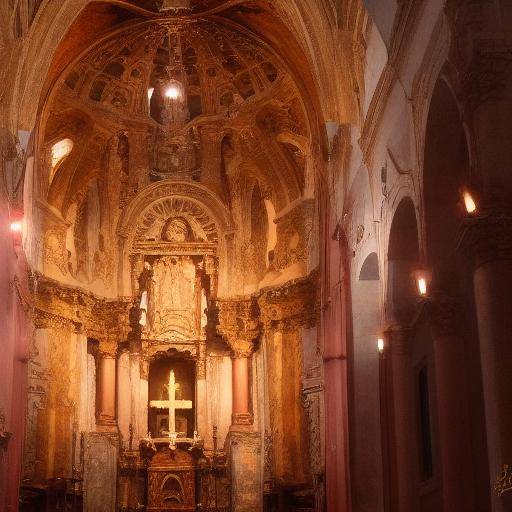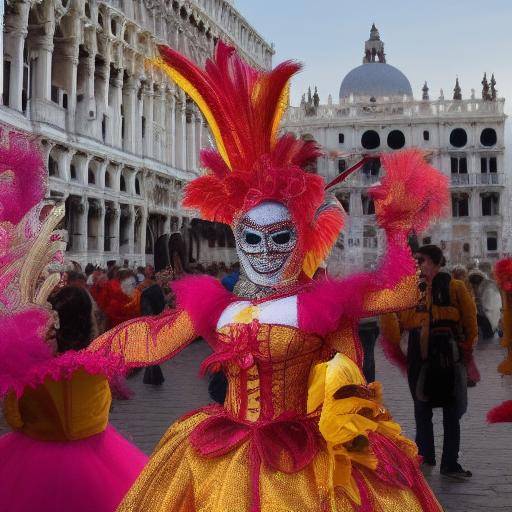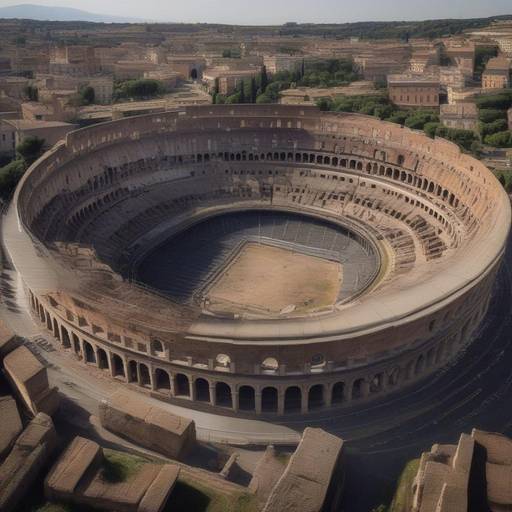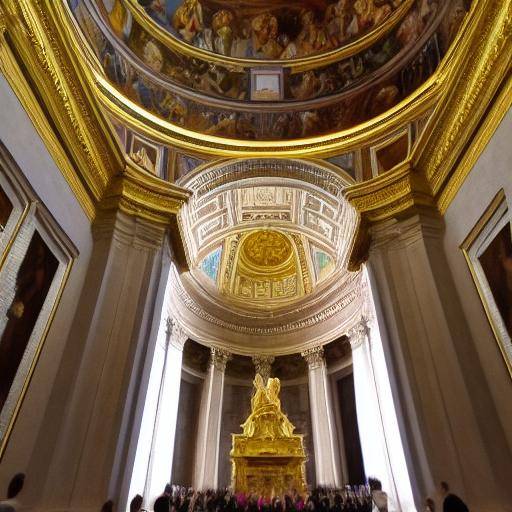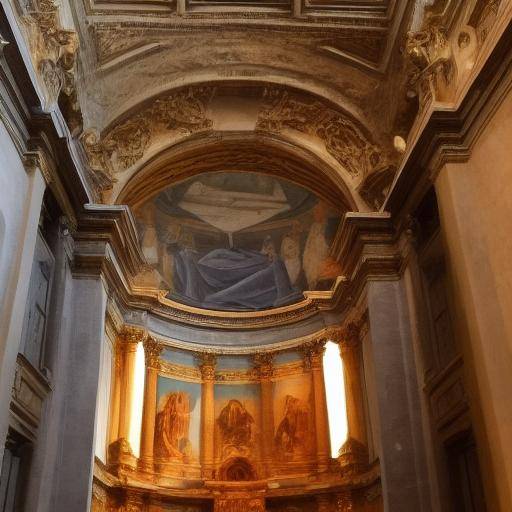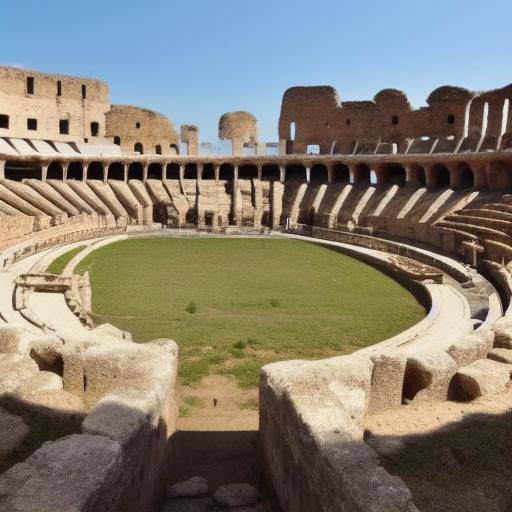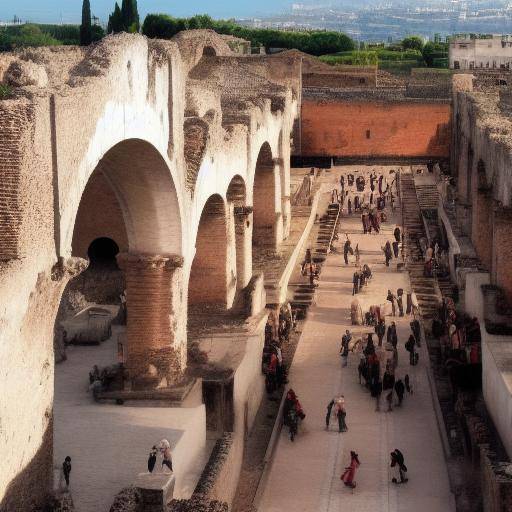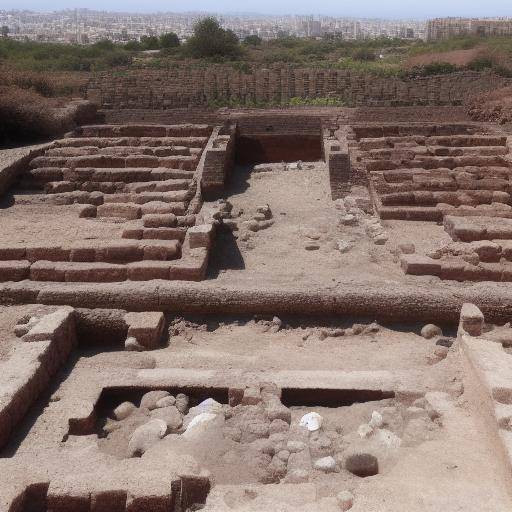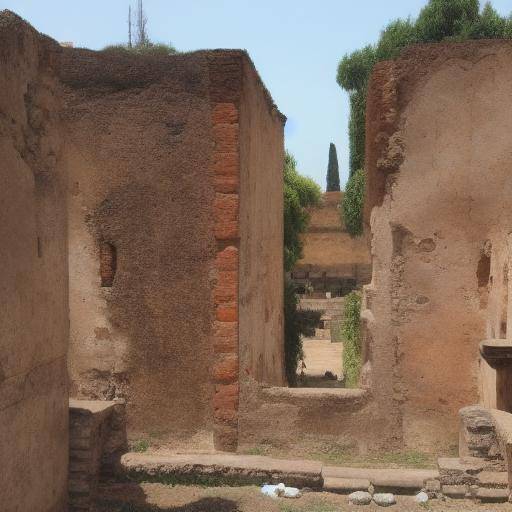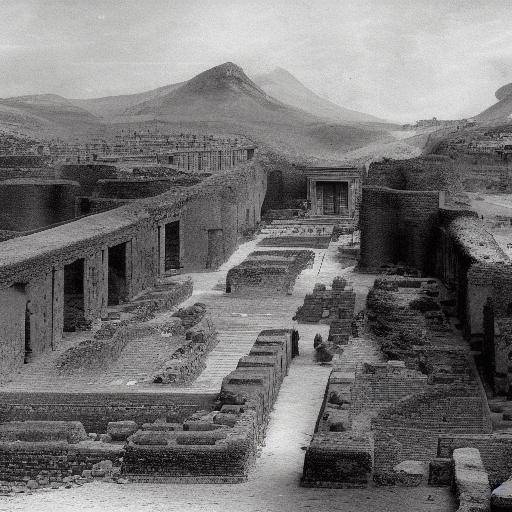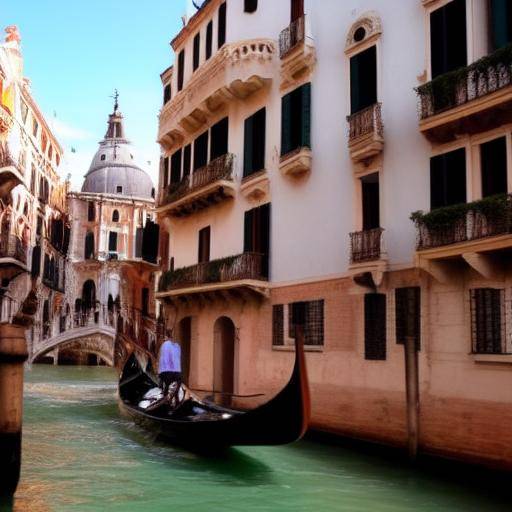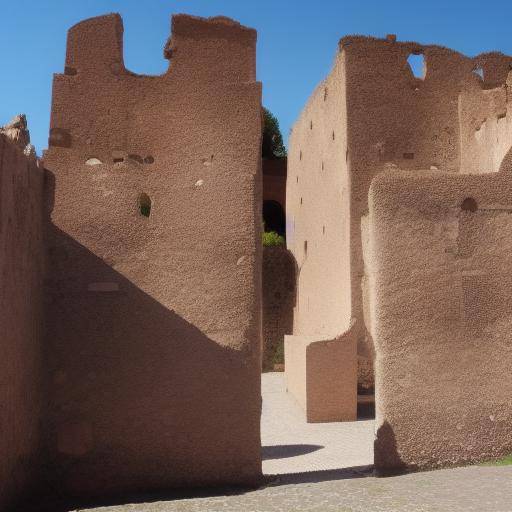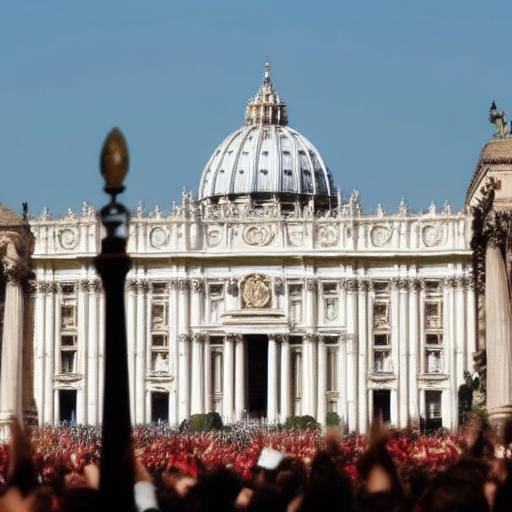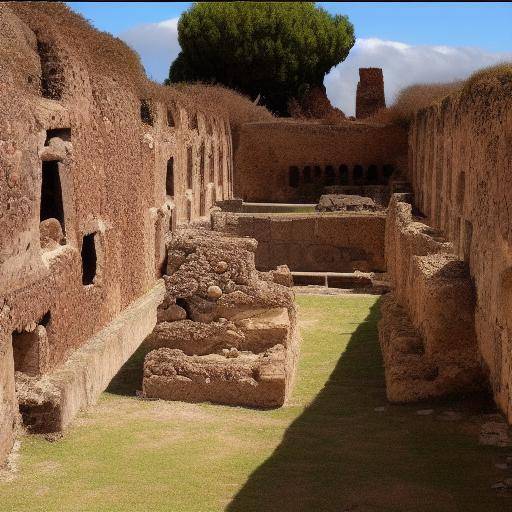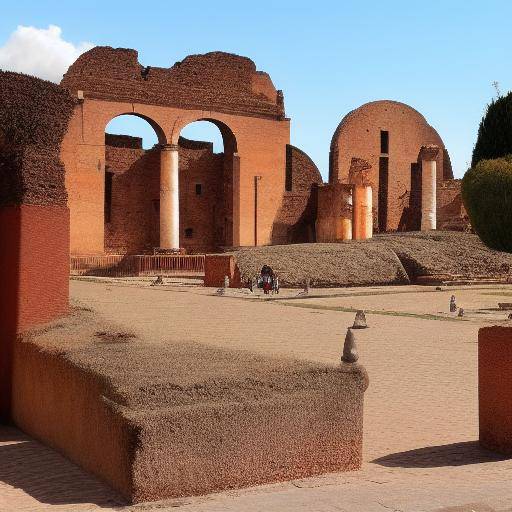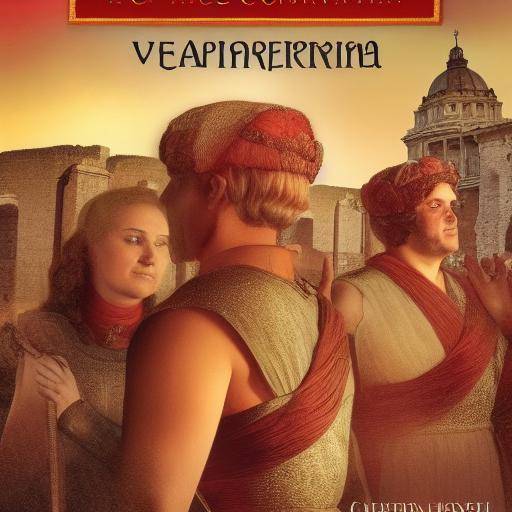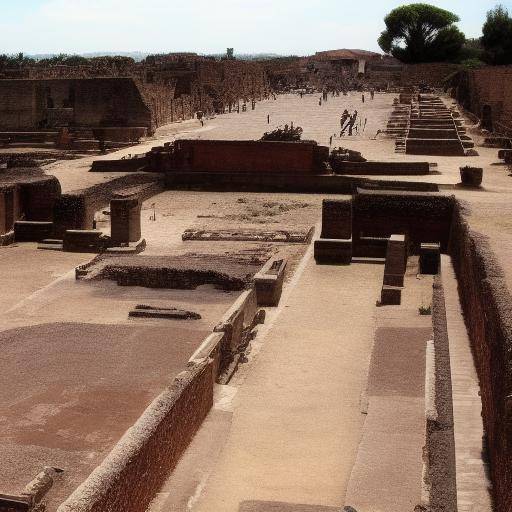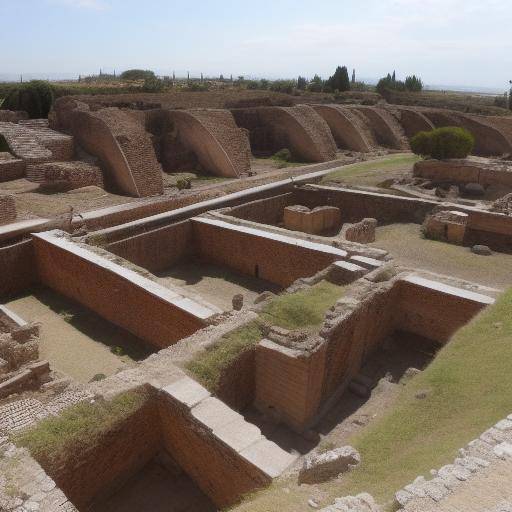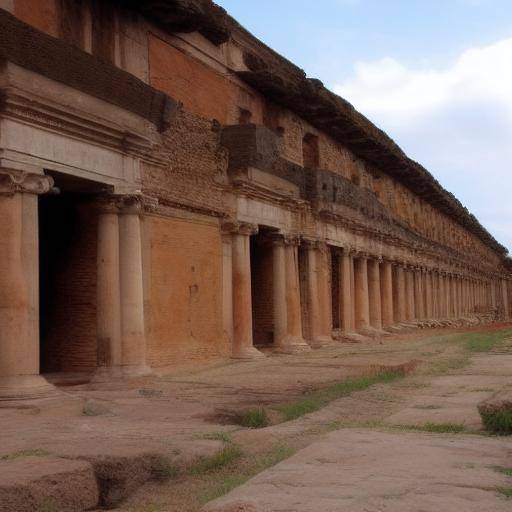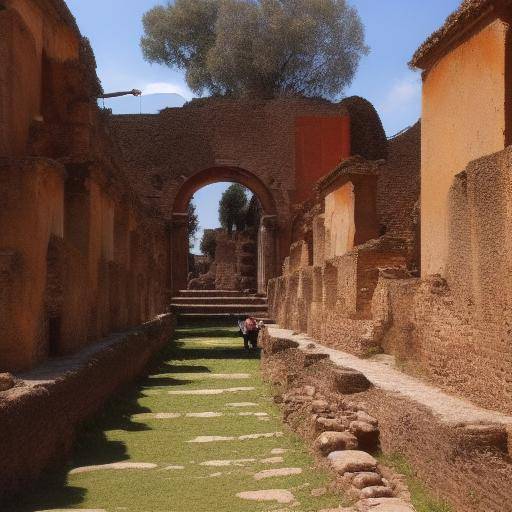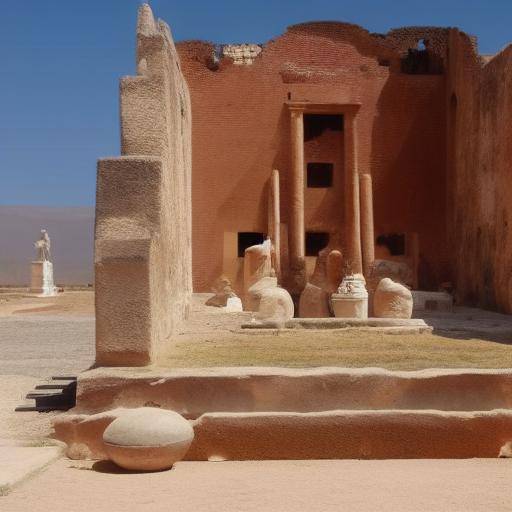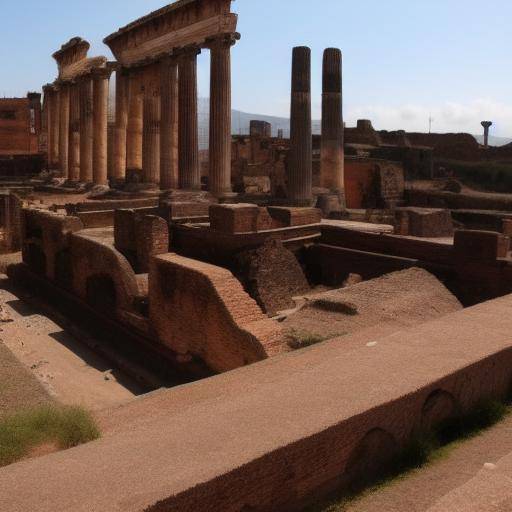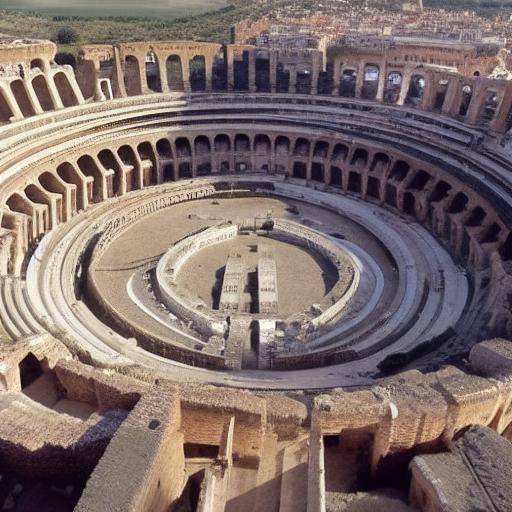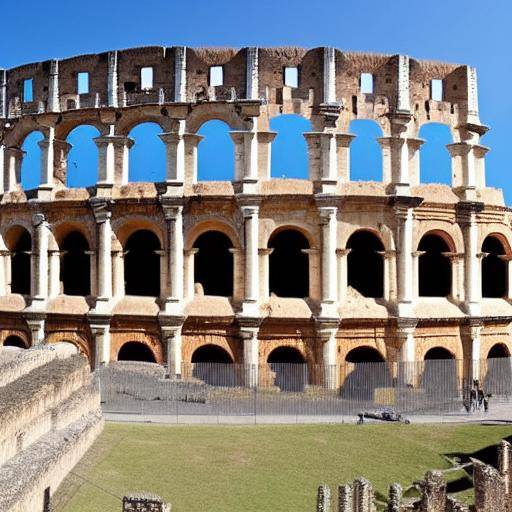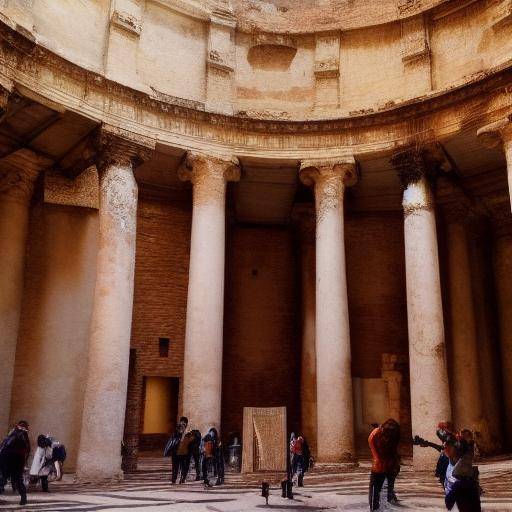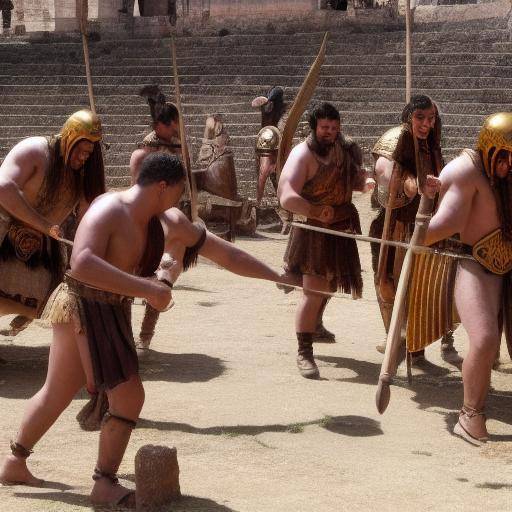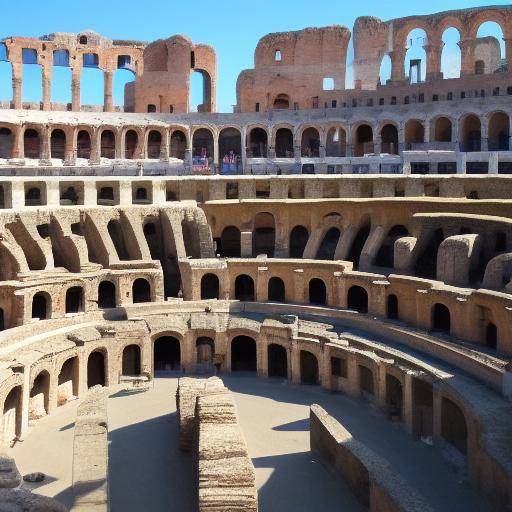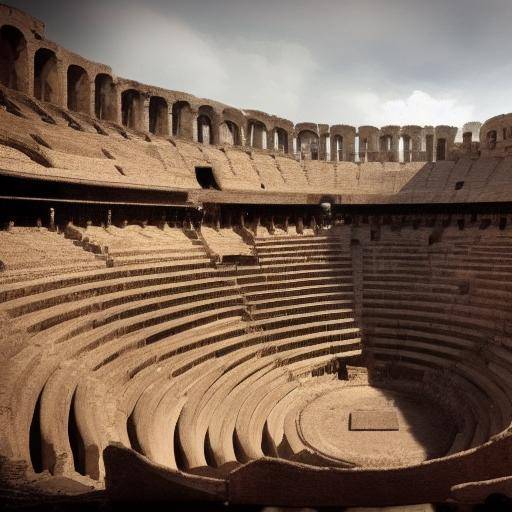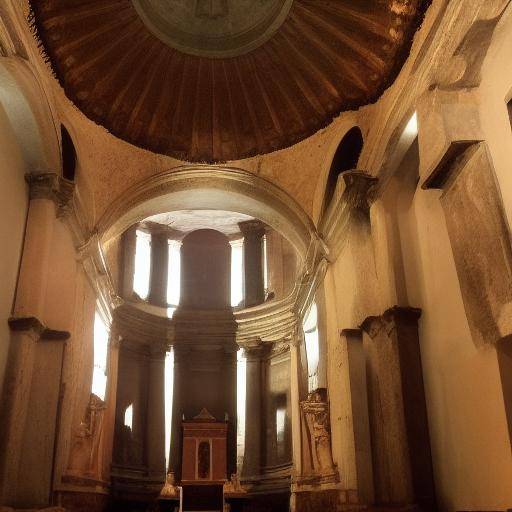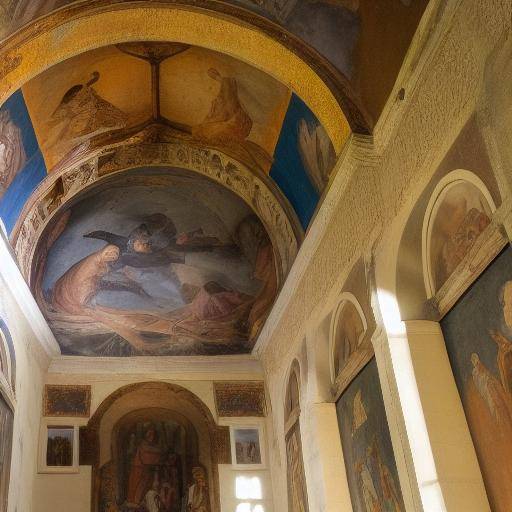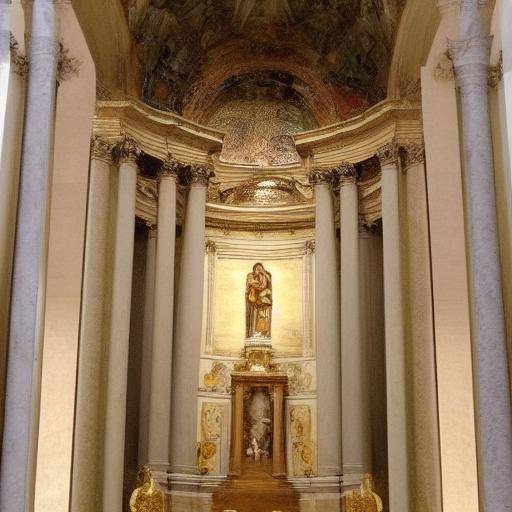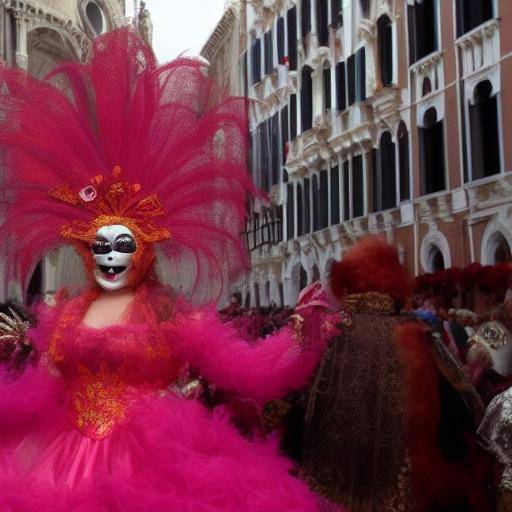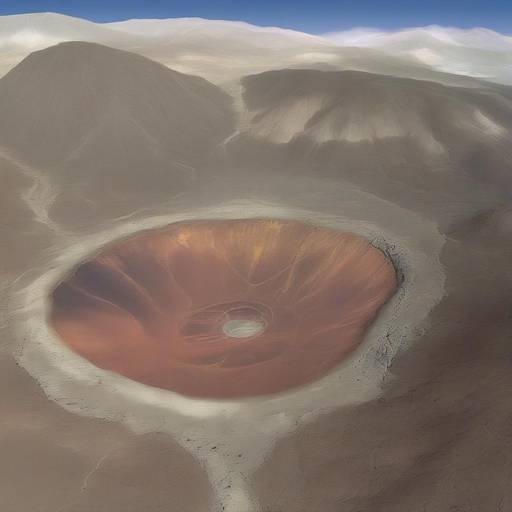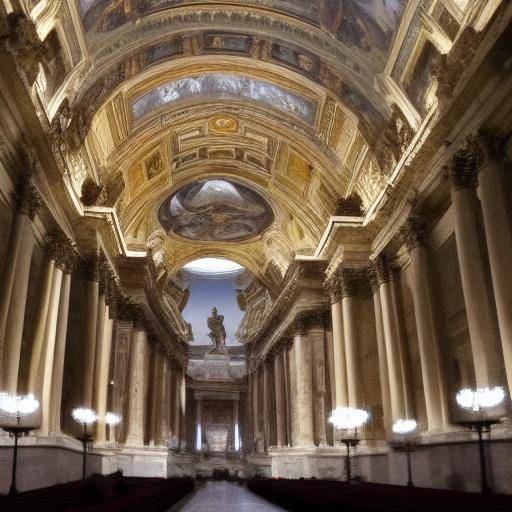
The Vatican, a city-state located in the heart of the eternal city, Rome, is the home of one of the most impressive artistic treasures in the world: the Sistine Chapel. This majestic place is a testimony of the splendor of the Italian Renaissance and a symbol of the faith that has endured over the centuries. In this article, we will explore the fascinating history, artistic magnificence and cultural importance of the Sistine Chapel, as well as its link with the Vatican and the rich artistic and historical heritage of Italy.
History and Background
The Sistine Chapel, officially known as the Magna Chapel, owes its name to Pope Sixtus IV, who commissioned its construction in the fifteenth century. This architectural and artistic masterpiece was completed in 1481 and has since been the scene of momentous events for the Catholic Church and the world of art.
Creation of a Renaissance Jewel
The Renaissance genius Michelangelo was commissioned by Pope Julio II to decorate the ceiling of the Sistine Chapel. Michelangelo carried out this monumental task, creating some of the most iconic masterpieces in art history, including the famous representation of Adam's Creation. The frescoes by Michelangelo, together with the works of other outstanding artists of the time, turn the Sistine Chapel into a unique sacred art gallery that leaves visitors breathless.
Historical and Cultural Importance
Over the centuries, the Sistine Chapel has been the scene of crucial events for the Catholic Church, such as the celebration of the papal conclave and the election of new pontiffs. In addition, its influence extends beyond the religious, as it has inspired artists, intellectuals and admirers of art from around the world, becoming an enduring symbol of human creative genius.
Analysis in Deep
Artistic Treasures and Historical Heritage
The Sistine Chapel houses not only the masterpieces of Michelangelo, but also other artistic treasures of outstanding Renaissance artists. Its frescoes, sculptures and architectural details are testimonies of a period of great artistic splendor and creativity.
Challenges and Conservation
The preservation of the Sistine Chapel presents numerous challenges, from the management of the influx of visitors to the preservation of the works of art in an environment that combines historical and religious aspects. Experts on art and conservation continually face the challenge of maintaining the integrity of these masterpieces for future generations.
Comprehensive review
Influence in Current Culture
The Sistine Chapel continues to leave an indelible mark on contemporary culture, being the subject of academic studies, inspiration for contemporary artists and an iconic tourist destination. Its influence transcends the barriers of time and space, maintaining its relevance and impact on the current world.
Comparisons with Other Religious Artworks
When comparing the Sistine Chapel with other works of religious art in Italy and the world, there are similarities and differences, revealing the uniqueness and grandeur of this Renaissance masterpiece. His singularity lies in the combination of artistic talent, religious influence and historical presence.
Practical Tips and Accessible Recommendations
Visit the Sistine Chapel: Practical Guide
For those who wish to experience the majesty of the Sistine Chapel in person, practical recommendations are provided, from the purchase of tickets to the best time to visit.
Impact on Cultural Tourism
The Sistine Chapel is a magnet for art lovers, religious devotees and lovers of history. Its impact on cultural tourism is significant, attracting millions of visitors every year and contributing to the enrichment of the tourist experience in Italy and around the world.
Industry Perspectives and Expert Reviews
Review of Experts on Art and Heritage
The Sistine Chapel has awakened the admiration and analysis of renowned experts in art and cultural heritage, whose opinions and assessments enrich the understanding of its importance and transcendence.
Impact on Religious Heritage
The meaning of the Sistine Chapel transcends the purely artistic, impacting religious and historical heritage. His role as an icon of faith and artistic expression in the context of the Catholic Church and the Vatican is the object of reflection and admiration.
Case Studies and Applications in Real Life
Influence in Contemporary Arts and Culture
There are cases in which the Sistine Chapel has been a source of inspiration for contemporary artists and has influenced various cultural expressions, showing its relevance and relevance in the current world.
The Sistine Chapel as a Scenario of Significant Events
The Sistine Chapel has witnessed historical events, from religious celebrations to concerts and contemporary artistic performances. These events show their versatility as a place of historical and cultural significance.
Future Trends and Predictions
Future of Cultural Heritage in the 21st Century
Emerging trends are explored in the conservation and promotion of cultural heritage, including the continued role of the Sistine Chapel as a cultural and artistic reference in the future.
Innovations in Visitor Experience
Predictions are analyzed on how the technology and experience initiatives of the visitor could shape how people interact with the Sistine Chapel and other iconic artworks in the future.
Conclusion and Frequently Asked Questions
Conclusion
The Sistine Chapel, with its incomparable artistic beauty and its deep connection to history and faith, is an invaluable treasure that continues to make a mark on the world. His legacy will endure throughout generations, serving as an eternal reminder of the transformative power of art and spirituality.
Frequently asked questions
Why is the Sistine Chapel important in the history of art?
The Sistine Chapel is crucial in the history of art due to its influence on the Renaissance, the artistic legacy of Michelangelo and its lasting impact on global culture.
What are the architectural peculiarities of the Sistine Chapel?
The Sistine Chapel features an impressive architecture, with a barrel vault and an altar adorned, accompanied by masterpieces decorating its walls and ceiling.
How can I plan a visit to the Sistine Chapel?
It is advisable to book in advance, avoid agglomerations, and be prepared to witness one of the most impressive artistic wonders of humanity.
How long did it take to complete the decoration of the Sistine Chapel?
The decoration of the Sistine Chapel took several years, with renowned artists performing the work in different stages over the decades.
What makes the Sistine Chapel unique compared to other religious works of art?
The combination of Michelangelo's artistic genius, historical wealth and religious influence makes the Sistine Chapel unique in its genre.
What is the cultural and spiritual importance of the Sistine Chapel in the current context?
The Sistine Chapel remains a source of inspiration, astonishment and reflection for people from all spheres of life, maintaining its cultural and spiritual relevance in the contemporary world.
With this, we have explored the magnificence of the Sistine Chapel, its relevance in the context of the Vatican and the rich artistic and historical heritage of Italy. This Renaissance treasure will endure as an eternal symbol of human ingenuity and transcendental faith throughout the generations to come.

